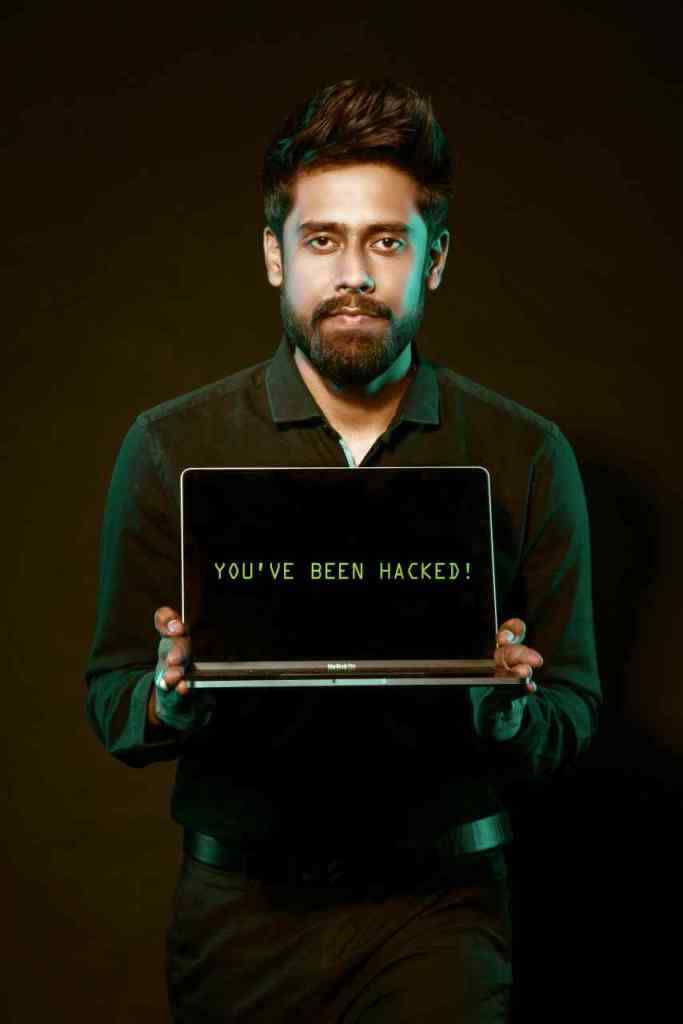The AI Pen Pal Paradox: Are We Sacrificing Authenticity at the Altar of Technology?
Remember pen pals? The excitement of receiving a handwritten letter, the anticipation of unfolding paper filled with stories from a far-off friend? Yeah, me too. But designer Neven Mrgan’s recent experience with an AI-generated letter from a friend has me wondering if the joy of authentic human connection is becoming another casualty in our love affair with artificial intelligence.
Mrgan’s tale, shared by Dan Moren on his blog, is a real head-scratcher. Imagine opening your mailbox, heart aflutter with the promise of a tangible connection, only to discover that the words you’re reading weren’t written by human hands but meticulously crafted by an algorithm. Talk about a mood killer!
From “Make This Shirt Green” to “Write Me a Letter”: Navigating the AI Uncanny Valley
Mrgan’s experience shines a light on the increasingly blurry lines between AI as a handy tool and AI as an unwelcome intruder in the sacred space of human interaction. We’re all for a little AI assistance when it comes to the mundane, like, say, effortlessly changing the color of a shirt in Photoshop (because who has time for multiple layers, am I right?). But when AI starts penning personal letters, it feels less like a helpful assistant and more like that one friend who always brings a store-bought dip to the potluck.
This discomfort, as Mrgan points out, stems from AI’s unnerving ability to mimic human creativity without truly understanding the emotions and experiences that fuel it. It’s like the uncanny valley effect, but instead of creepy humanoid robots, we’re talking about eerily human-like text messages and emails that leave us feeling strangely empty.
The Erosion of Authenticity: Is an AI-Generated “I Miss You” Still Meaningful?
Mrgan’s experience begs the question: in our relentless pursuit of convenience and efficiency, are we sacrificing the very essence of authentic human connection? Is a heartfelt letter composed by lines of code truly equivalent to one painstakingly written by a friend who took the time to think of you, select the perfect stationery, and physically seal their affection with a lick and a stamp?
The answer, of course, is more complicated than a simple yes or no. For some, the medium might not matter as much as the message itself. A heartfelt sentiment, even if AI-generated, could still bring comfort and joy. But for others, the knowledge that an algorithm, not a human heart, crafted those words could cheapen the sentiment, leaving a hollow echo where genuine connection should be.
The Shifting Sands of Creativity: Can AI Truly Capture the Human Touch?
This isn’t just about letters, folks. Mrgan’s AI pen pal predicament opens up a whole can of worms about the future of creativity in an AI-dominated world. As AI tools become increasingly sophisticated, even capable of composing music, painting breathtaking landscapes, and writing movie scripts, we’re forced to confront some uncomfortable questions.
If an AI can churn out a catchy tune or paint a masterpiece that rivals the Old Masters, what does that mean for human artists? Are we headed towards a future where algorithms are the new Picassos and Mozarts, leaving human creators in the dust?
The optimist in me wants to believe that AI will ultimately augment human creativity, offering new tools and inspiration, pushing us to explore uncharted artistic territories. Imagine, for example, a musician collaborating with an AI to compose a symphony that blends human emotion with algorithmic precision. That’s kinda cool, right?
But the realist in me can’t shake this nagging feeling that we’re on the cusp of something unsettling. As AI blurs the lines between human and machine-made, we risk losing sight of the very essence of artistic expression: the raw, messy, beautiful outpouring of human experience.
The Personalization Paradox: When AI Knows You Better Than You Know Yourself
One of the most compelling and, let’s be honest, kinda creepy aspects of AI is its ability to personalize experiences. Our social media feeds, streaming services, even our smart refrigerators seem to know our likes and dislikes better than our own mothers.
On the surface, this level of personalization can feel like the ultimate convenience. Need a new book recommendation? Boom! Amazon’s algorithm has got you covered, suggesting a title so spot-on it’s like they’ve been reading your diary (don’t worry, they swear they haven’t…yet).
But this curated existence comes at a cost. As AI algorithms spoon-feed us content tailored to our pre-existing biases and preferences, we risk becoming trapped in echo chambers of our own making. We’re less likely to encounter challenging perspectives, expand our horizons, or engage in those serendipitous discoveries that make life, well, interesting.
And let’s not forget the privacy implications. Every click, every like, every late-night Google search feeds the AI beast, painting an increasingly detailed portrait of who we are, what we desire, and maybe even who we’ll become. Is this a future we’re comfortable with? That’s a question we all need to ask ourselves.
Finding the Human Connection in an AI-Driven World
So, where do we go from here? How do we navigate this brave new world where algorithms compose our music, write our love letters, and curate our realities? It’s a question that keeps me up at night (well, that and my neighbor’s questionable karaoke habit).
The answer, like most things in life, probably lies somewhere in the messy middle. We need to embrace AI’s potential to enhance our lives while remaining vigilant about its potential pitfalls. We need to set boundaries, have those tough conversations, and maybe even put down our phones every once in a while to experience the raw, unfiltered beauty of the world around us.
And as for those handwritten letters? Maybe it’s time to bring them back. Because sometimes, the most meaningful connections are forged not through lines of code, but through the simple act of putting pen to paper and pouring our hearts out, one messy, imperfect word at a time.

